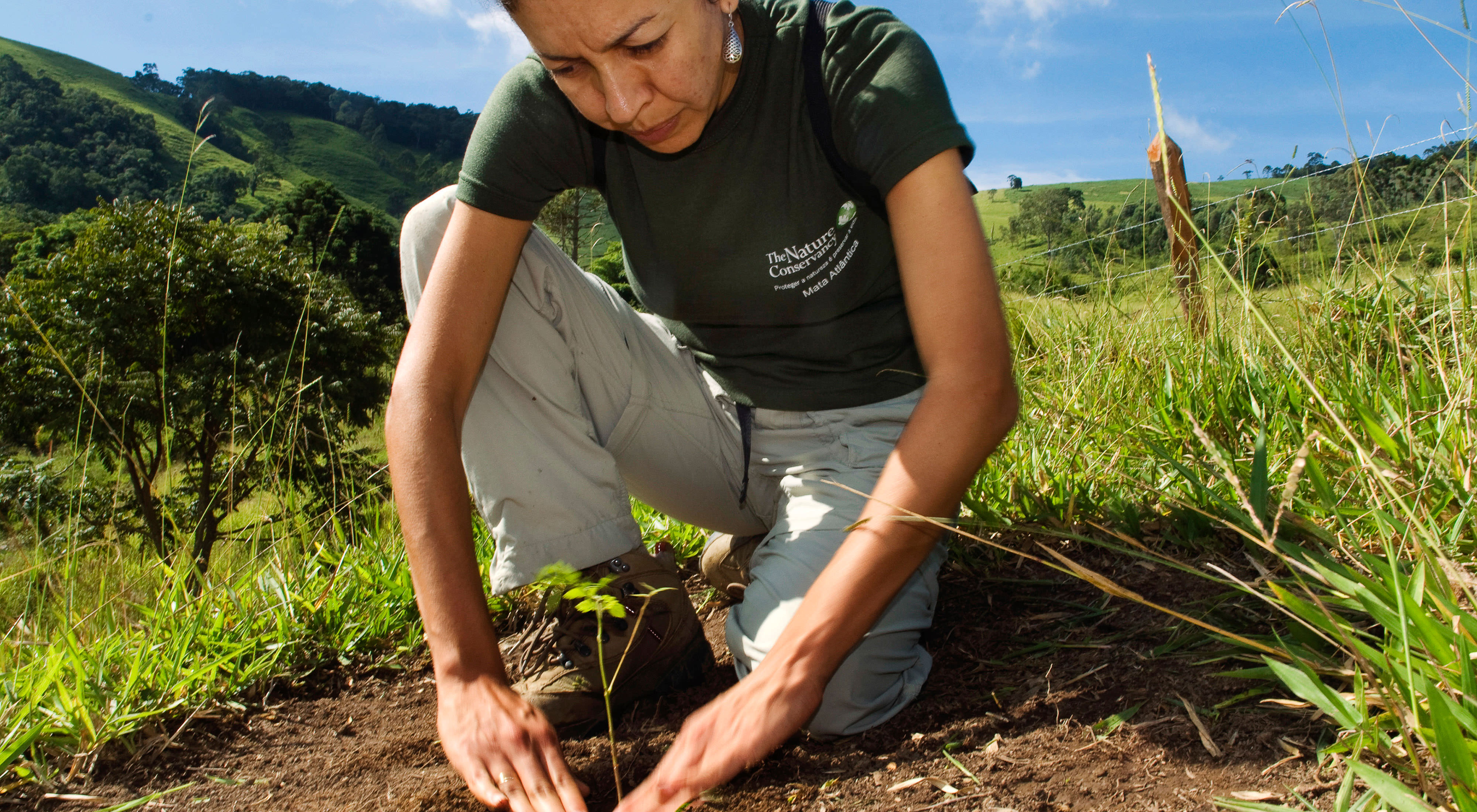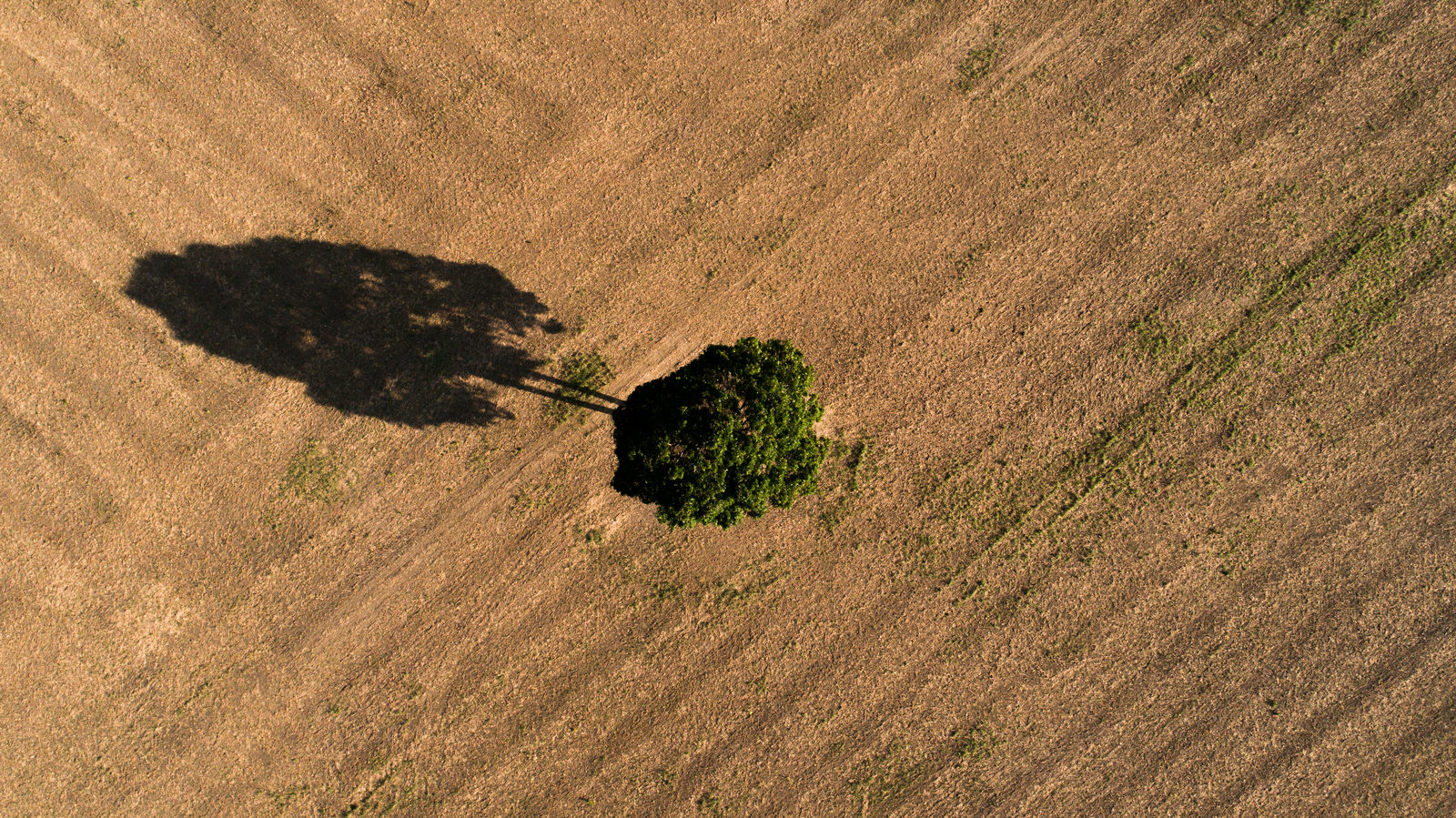Restoring Native Forests One Tree at a Time
TNC is working to restore the Brazil's tropical forests and its Central Savanas; more than 45 million new native trees are now growing in the country.
Brazil´s has some of the richest and most diverse forests on Earth and also some of the most threatened. The country has a deficit of about 51 million acres of native vegetation, great part located in key areas for water production, riparian areas, hill tops and around water springs. The expanses are concentrated on the edges of the Amazon region, throughout almost all of the Atlantic Forest, and in Central Savannas of Brazil. These regions faces constant threats from urban development, agriculture, cattle ranching and illegal logging, but they are still some of the largest areas of remaining native vegetation in the world. Together, these biomes represent 86% of Brazil’s territory, restore these degraded lands is essential to maintain ecological viability and to help the country achieve its nationally determined contribution (NDC) committed for the Climate Summit in Paris to recover 29 million acres.
To help restore and reconstitute this magnificent forests, The Nature Conservancy launched the Plant a Billion Trees (PBT) campaign in Brazil in 2008. The campaign started recovering the Atlantic Forest and has been expanded to the Central Savannas and the Amazon forest. Since then, more than 45 million new native trees are growing in an area of 44,000 acres of degraded lands.
Partners in Conservation
The Nature Conservancy is proud to work with a wide range of partners to restore these regions in Brazil, including many local conservation organizations, private companies, local communities, landowners, and 10 government states. And we are proud to have the support of thousands of individual donors every year.
The Nature Conservancy uses the best available science to ensure that the forests we establish are healthy ecosystems. We act in priority areas for water and food security.
Planting seedlings or enabling natural regeneration are just the first steps; the monitoring of areas and adaptive management are needed stages to ensure that the forest is healthy and diverse, and will endure in the long-term. The trees attract birds and small mammals, which carry native seeds from nearby forest patches. In less degraded areas, we can catalyze regrowth by improving growing conditions and removing threats like fire and cattle. We monitor forest growth for five years to ensure that the forest will continue to develop successfully.
The Plant a Billion Trees Campaign in Brazil allows The Nature Conservancy to develop long-term strategies for large-scale restoration of native flora, protecting Earth’s diverse ecosystems, water quality and global climate.
Healthy forests are the key to healthy lives.



